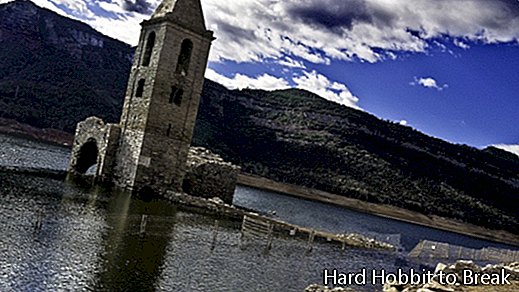
Did you know that in Spain there are around 500 villages hidden under water? The vast majority of them were submerged due to the innumerable hydraulic works that were carried out during the Franco regime, either because the reservoirs and swamps were built directly on the towns or because some of them collapsed, causing great damage. Of course, the increase in the channel of the nearest river or natural erosion were the causes in other cases.
Today at Hard Hobbit To Break we want to take a tour of some of the Spanish towns submerged underwater. Many only appear in times of drought and others do not even that, but all of them remain in the memory of their inhabitants and their descendants. For this, many continue to pay tribute to them. Would you like to join us?
Lanuza, Huesca
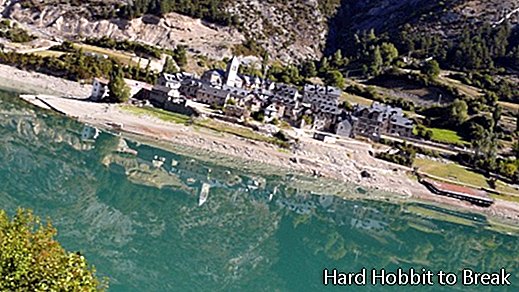
First of all, we want to talk about Lanuza, a town that began to lose its inhabitants in 1976 due to the construction of the Lanuza Reservoir, until it was completely uninhabited in 1978. The curious thing is that in the 90s the old inhabitants began a process of revitalization to recover the constructions that were not submerged. Today the process is still active.
San Román de Sau, Barcelona

It could not be missing from the list San Román de Sau, a town that was literally swallowed by the waters of the Sau Swamp, built in 1962. The surprising thing about this place is that in times of drought the village emerges almost entirely. Of course, the church steeple is visible even when the water level is at its highest.
Swallow of Noguera, Lleida
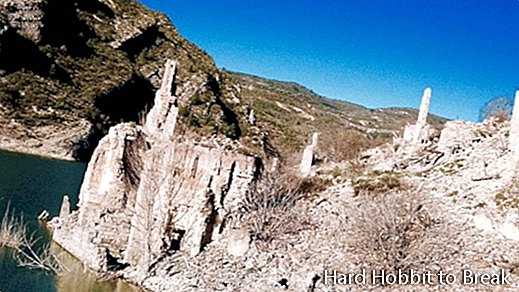
The residents of Tragó de la Noguera had to abandon their town by force in the 1960s, when the Santa Ana reservoir was filled. Today only some remains are preserved, such as the hermitage of Santa Lucia, the monastery of Vallverd and the castle of Tragó. As a curiosity, the great-grandmother of the soccer player Leo Messi resided in the hamlet of Blancafort, belonging to Tragó de la Noguera.
La Muedra, Soria
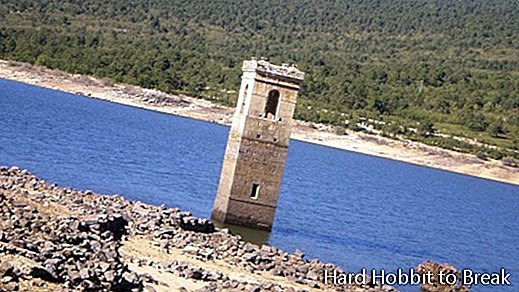
We continue our tour in Soria, where we can find La Muedra, a town belonging to the Vinuesa district that was flooded with the construction of the Cuerda del Pozo reservoir. It is still possible to see the church tower in the center of the reservoir.
Granadilla, Cáceres

We also want to tell you about Granadilla, an old walled town of feudal origin that was evicted in the mid-20th century when it became a flood zone as a result of the construction of the Gabriel y Galán reservoir. That yes, surprisingly, the town never got to be flooded.
Mansilla de la Sierra, La Rioja

In La Rioja we find Mansilla de la Sierra, which was flooded at the end of the 50s by the construction of the Mansilla reservoir, although it was again built in a nearby place. During the months of September and October, which is when the packaging is at its minimum capacity, the remains of the church and other buildings emerge.
Riaño, León
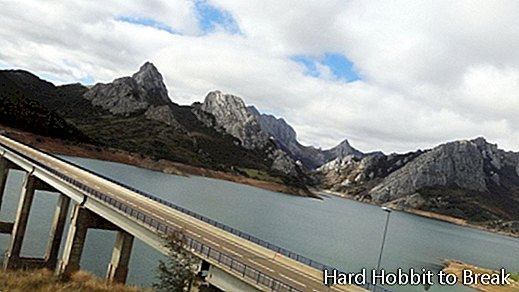
Nor could Riaño be missing from this list, which was destroyed and flooded by the reservoir of the same name in the late 1980s. Unfortunately, eight other towns were demolished and later covered by water.
Las Rozas de Valdearroyo, Cantabria
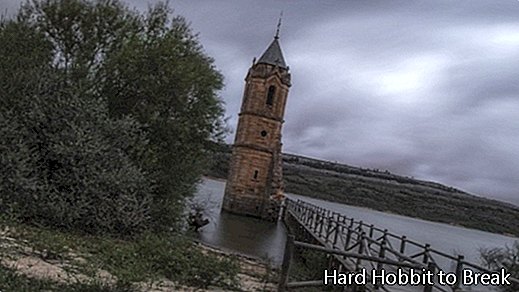
Knowing that we have left many towns immersed in ink, we will end by talking about Las Rozas de Valdearroyo, the municipality most affected by the construction of the Ebro Reservoir. The tower of the church of San Roque is still visible, as it remains very close to the shore. In addition, it can be seen up close through a wooden walkway.
11 MIND BLOWING Underwater Statues! (April 2024)
- Barcelona, Cáceres, Huesca, Lleida, towns, Soria
- 1,230
















